There have been occasions when this adaptation’s (honestly it seems almost too generous to call it that) orbit has briefly overlapped with the source material. On those occasions (like last week) it’s been possible to get caught up in events even if just for a few moments. But they’re fleeting and gone almost before they arrive. What they leave behind is mostly disappointment and occasionally genuine irritation. I can’t say what I would have felt about this series if I’d never read the book and didn’t know how badly it was being butchered, because I know what I know.
The really hard part is that this is very likely the last and only pass anime will make at Heike Monogatari, at least for the foreseeable future. It’s not going to make any money, but rather than blame the adaptation the production committee system will conclude that the material itself is at fault. I suspect the feeling that the Heike was untenable as a source for anime was already pretty accepted, given that no one had ever even tried it before now. And who knows, maybe that’s true – but we sure as hell still don’t know. And after this stab at it, it’s even less likely that we ever will.
So many big events were reduced to blips here that I hardly know where to start. The burning of Kofukuji and Todaiji Temples in Nara was in many ways the single most important event of the entire Genpei War, so I hope you didn’t blink. It set so many wheels in motion, including the events in the aftermath of the Taira’s defeat – which are the most moving portion of the book and which I fear the anime may skip altogether at this rate. They at least did get one part right – Shigehira had no intention of burning the temples that night.
Then we have the death of Kiyomori, without question the overarching figure of the entire story. As you’d imagine given his importance this was a long, chilling (no pun intended) sequence in the book. It as much as any portion of the Heike is very much told in the manner of a Buddhist parable. But since Kiyomori was largely reduced to something between an ogre and a buffoon by the anime, I suppose his five-minute demise (ultimately offscreen) is sort of fitting.
As much as all the massive cutting, I think I’m bothered by Yamada and Yokote’s insistence on brutally excising of every bit of subtlety and nuance in this story. Heike Monogatari is not a simple tale – not narratively, and not morally. The Heike, the Genji, the monks – there is great moral shading within these groups. And most of the most important characters – including Kiyomori – are complicated individuals, with the capability for good and for evil. This is really exemplified by the way the anime has turned Tokuko into some kind of sainted, perfect heroine – totally unnecessary, and unfaithful to the letter and spirit of the material.
I don’t even know what to speculate about these last four episodes. As there isn’t time to do justice to the events of the book and the anime clearly doesn’t worry about that anyway, I can only guess that it’s going to spin off in some original direction (a terrifying prospect). I care too much about the original not to care about the adaptation – I’m vested in what happens here whether I like it or not, having waited this long for its existence. And that’s probably the scariest thought of all.


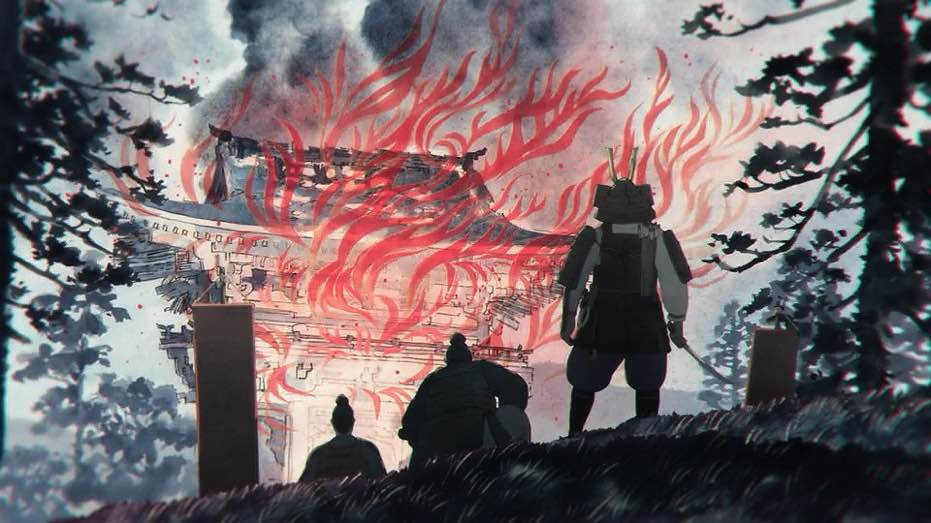
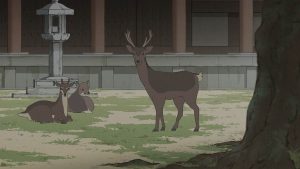

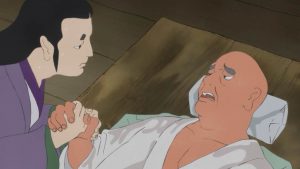
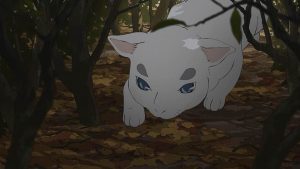
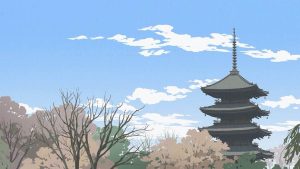
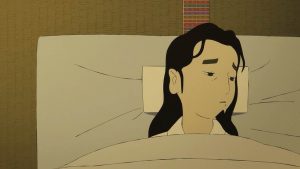
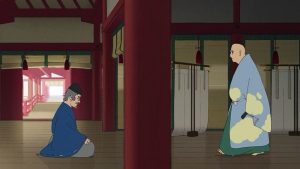
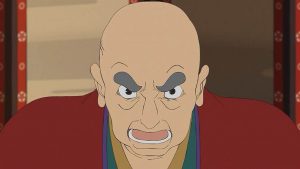

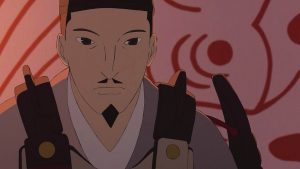
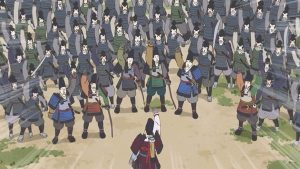
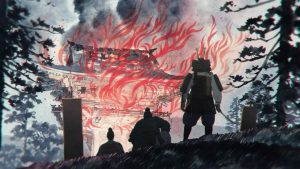
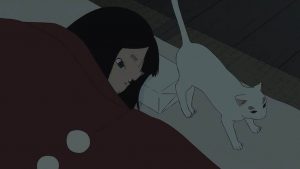

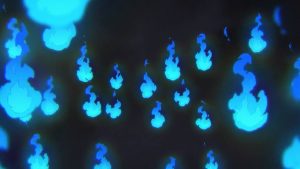

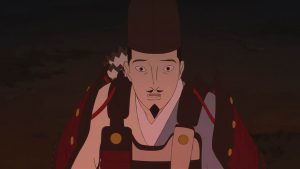
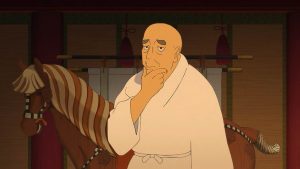
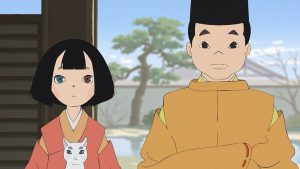
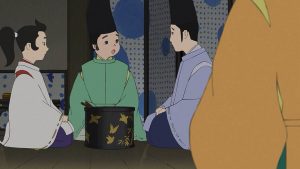
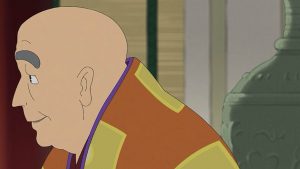
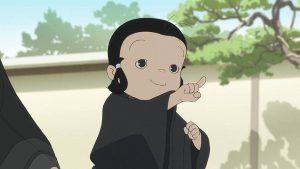
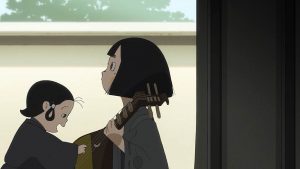
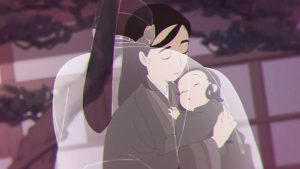

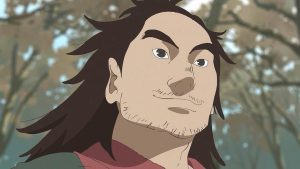

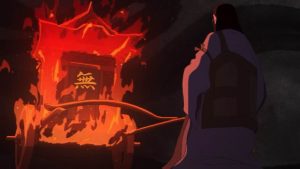
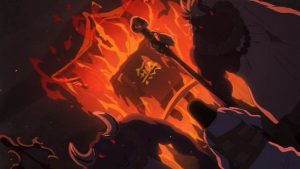
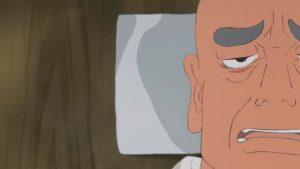

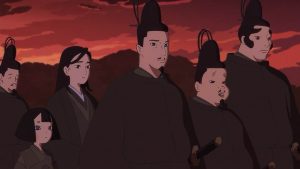
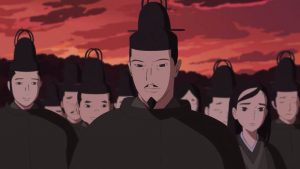
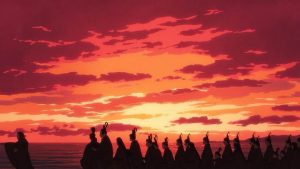
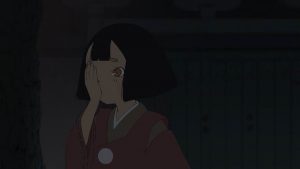

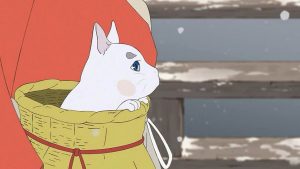
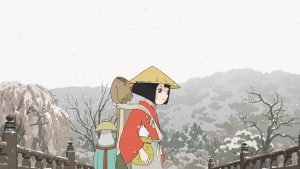
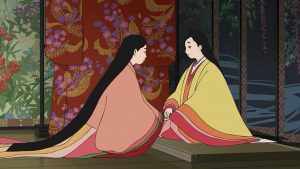
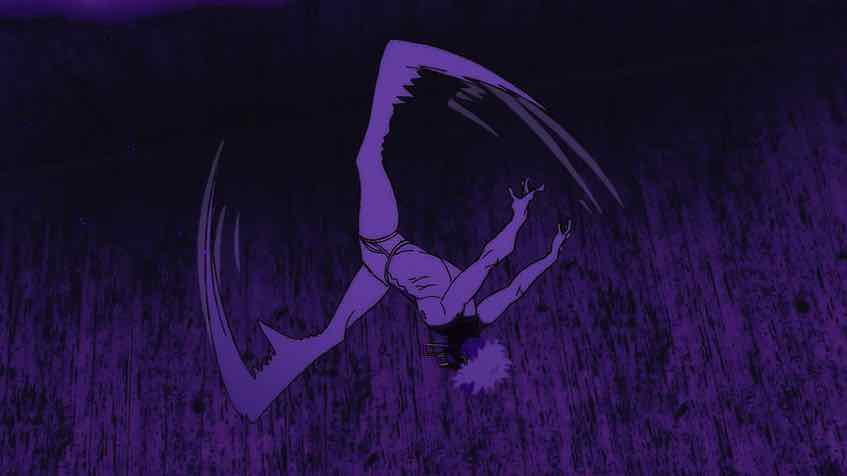
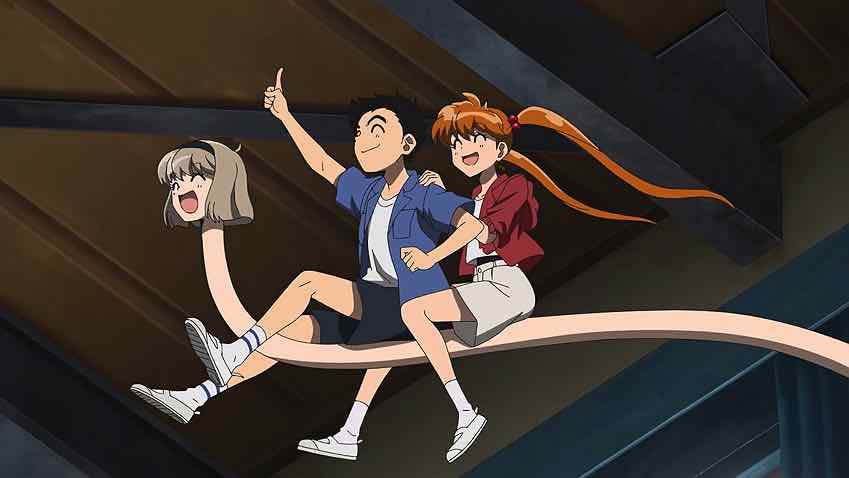
Panino Manino
October 29, 2021 at 7:37 am“You may not like it, but this is what peak anime looks like.”
Seriously, it’s ok that this anime “isn’t telling the “Heike Monogatari right”, anyone can understand that this wasn’t the goal here, it’s more about the general mood of this unfolding “tragedy” on more personal level, not the political and historic relevant level. And what a mood! The way the episodes cut from one conflict to the next showing just bits of the in-between makes it feels like a dream and I have to appreciate this narrative decision. Does really matter that it’s omitting all the “details”? Aren’t they irrelevant? Because we already seen enough from Kiyomori, we don’t need to know more, that’s why we only see bits of him getting mad and giving orders that further the conflict, as always he always do. It all seems inevitable, no extra words and scenes are necessary for us to understand that, and also, it feels a bit in like with the spirit of those old tales with their “moral lessons” tone.
As a series inspired by the Heike Monogatari this is beautiful.
(I just wish the translation was better)
Unfortunately I can’t say or know who people with zero knowledge of this story and history of japan in general are receiving this anime
Guardian Enzo
October 29, 2021 at 10:52 amI’m glad it’s working for you. It’s not really working for me. Maybe if it had a different title.
Panino Manino
October 30, 2021 at 1:17 amOh stop with this tittle complain… this isn’t a documentary.
(but, I have to admit, I’m not totally ignorant about what is happening in the story. I follow the podcast “History of Japan”, because of this all events feels “familiar” to me, so I can know how other people who knows nothing about the context is actually experiencing this series)
And there’s a new Otoyomegatari’s chapter, and a new whole volume of Insomnia translated (with a special PV) with the expectation of an anime announcement in January. Go read it.
leongsh
October 31, 2021 at 5:16 amIt’s time to chalk this anime as a corrupted retelling of Heike Monogatari just like how many corrupted and bonkers anime adaptations of the Sengoku period with its myriad of Oda Nobunaga characters and related characters and warped plots and stories, plus in various guises of timelines and alternatives, although there have been a couple that do a decent job of actually following the historical events (e.g. Nobunaga Concerto).
Guardian Enzo
October 31, 2021 at 8:44 amThe difference to me is that those bonkers Nobunaga series et al don’t claim to be an adaptation of a specific piece of work. In that sense this is more akin to Gonzo’s Roimeo X Juliet. The difference there being, that work has already had innumerable faithful adaptations so it doesn’t feel like such a travesty to have one go a bit nuts.
LifeisaDragon
November 2, 2021 at 5:26 pmI think these interpretations are both very simple and very complex, depending on your vantage point. The medieval Heike Monogatari creates moral complexity through, as you said, creating characters and groups with the “capability for good and for evil”—i.e. depicting human fallibility and changeability. However, its underlying moral poles are, like exemplar Ashika Tadatsuna, both relatively simple and likely of little interest to the person who directed K-On. The same goes for this Heike Monogatari. The long shadows of intervening centuries, legends, and K-On seasons have blurred the characters into the simplicity of categories like “sweet girl friendship” and “petty politics dickery.” There is complexity and nuance here, but its sources—ambiguous gender roles/presentation, liminal familial/household space, class power dynamics, fate vs. free will, the constructed nature of history, etc.—were either taboo or of little interest to the medieval Japanese state.
Of course, they did exist then, just as Ashika Tadatsuna is alive and well today.